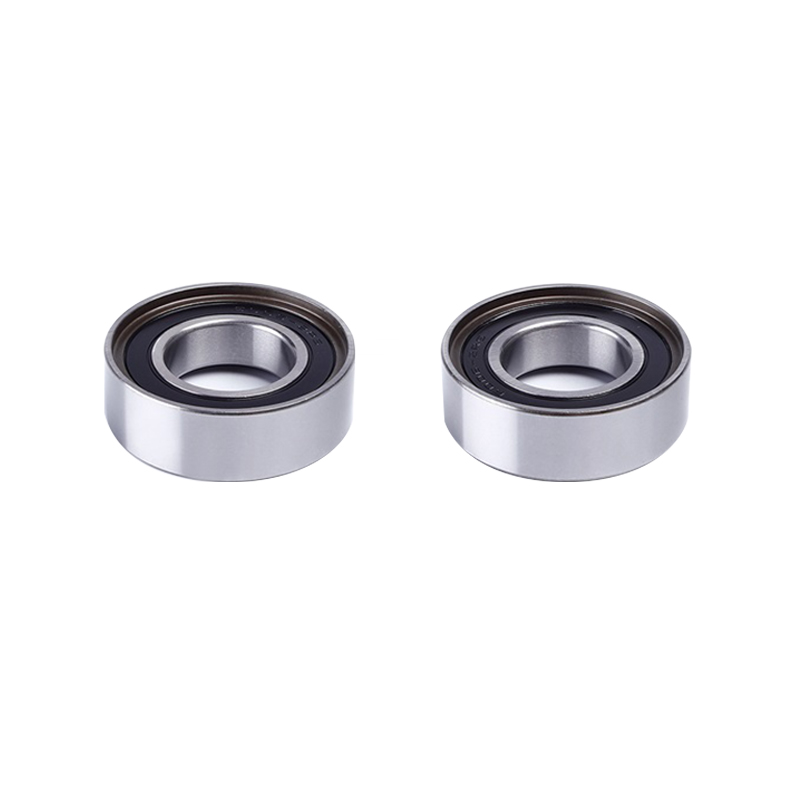Groove roller bearings, with their versatile applications across various industries, are essential for maintaining the smooth operation of machinery. High speed deep groove ball bearings and hybrid deep groove ball bearings are specific types that offer enhanced performance under different conditions. Understanding the signs of wear or damage is vital for preventing machine failure and ensuring good efficiency.

1. Unusual Noises
One of indications that a groove roller bearing may need to be replaced is the presence of unusual noises. A healthy bearing should operate quietly. If you notice grinding, squealing, or humming sounds, it could be a sign that the bearing is failing. High speed deep groove ball bearings are particularly sensitive to such issues as they spin at a rapid pace, and any misalignment or wear can cause these noises.
2. Increased Vibration
Vibration is another symptom that may indicate a problem with your groove roller bearing. While some vibration is normal in machinery operation, excessive or irregular vibrations can signal a worn or damaged bearing. Hybrid deep groove ball bearings are designed to minimize such vibrations, but if they are not functioning correctly, they can contribute to increased vibration.
3. Overheating
A bearing that is working harder than it should will often show signs of overheating. If a groove roller bearing is failing, it can cause a significant increase in temperature. This can cause damage not only to the bearing itself but also to the surrounding machinery. High speed deep groove ball bearings, due to their high load capacities, are more prone to heat generation if they are not in good condition.
4. Changes in Performance
A decrease in the performance of your machinery can also be a sign that a groove roller bearing needs to be replaced. If your machine is not operating as smoothly or efficiently as it once did, it may be time to inspect the bearings. Hybrid deep groove ball bearings are known for their ability to maintain performance under a variety of conditions, but they too can wear out over time.
5. Visual Inspection
A visual inspection can also reveal whether a groove roller bearing is in need of replacement. Look for signs of wear such as cracks, pitting, or flaking. These physical signs of damage are clear indicators that the bearing is no longer able to perform its intended function. High speed deep groove ball bearings, in particular, should be inspected regularly due to their high stress environments.
6. Excessive Wear
Wear is a natural part of any mechanical component's lifecycle. However, excessive wear on a groove roller bearing can cause a decrease in precision and efficiency. When a bearing's surfaces become too worn, it can no longer maintain the correct clearances and alignments. This can cause further damage and a need for replacement.
7. Lubrication Issues
Proper lubrication is essential for the longevity of any bearing. If a groove roller bearing is not receiving the correct amount of lubrication, it can cause premature wear and tear. This is especially true for hybrid deep groove ball bearings, which may have specific lubrication requirements to maintain their performance.
8. Frequent Failures
Lastly, if you find that you are frequently replacing a particular groove roller bearing, it may be a sign that there is a systemic issue with the bearing or the machinery it is a part of. High speed deep groove ball bearings and hybrid deep groove ball bearings should be reliable, but if they are failing frequently, it's time to investigate further.
Shengya as a deep groove ball bearing custom factory, we understand the importance of maintaining your machinery's performance. By being vigilant and responsive to the signs that your groove roller bearing may need to be replaced, you can prevent costly downtime and ensure the longevity of your equipment. Regular maintenance and inspections are key to keeping your machinery running smoothly and efficiently.



 English
English русский
русский
